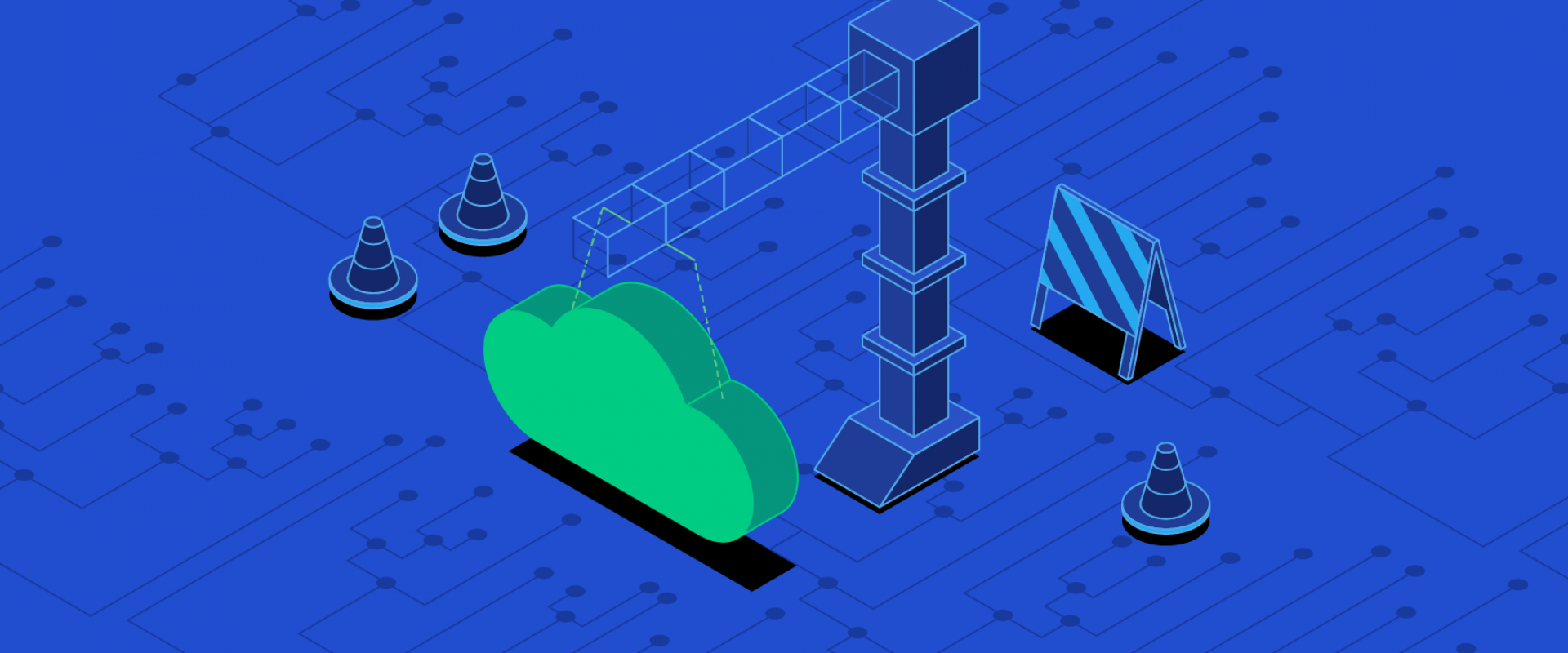Terraform VS Cloudformation

Terraform VS CloudFormation
Terraform is a tool used by HashiCorp to build, modify, and version infrastructure. Before starting to execute, Terraform generates an execution plan detailing the actions that need to be taken to achieve the goal. The entire infrastructure is controlled by the command-line interface. Terraform can generate and execute incremental plans to update existing infrastructure to the new description state. In .tfstate, the entire infrastructure is defined as JSON, which can easily be used to document the infrastructure. Infrastructure managed by Terraform includes computing instances, storage and networking, and DNS.
Why does Terraform play an important role in the Infrastructure as a code tools market?
1. The impact is limited to AWS when using CloudFormation. People using the cloud need to be defined and redefined for each cloud provider, but if we use Terraform we can define it once and use it across multiple cloud providers I can do it. Thus, Terraform is a one-stop solution for IaC tools.
2. Configuration tools like Puppet and Chef, install and manage software on existing servers, whereas Terraform has a different way of dealing, it provisions the server itself.
3. Other tools can change the entire infrastructure and cause service interruptions. Changing the version of software on a node starts generating various changelogs over a period of time, and Terraform does not have this problem.
4. Terraform's rollback mechanism works this way; if the resource is created and configuration fails, Terraform marks the resource as "contaminated" and removes the contaminated resource in the next execution plan Please try again. CloudFormation has been completely rolled back.
5. In CloudFormation, if you want to launch more instances, you need to write a definition for each instance. This is not the case with Terraform. In other words, you need to mention only the number of instances you need.
What's the major Factor at Terraform?
1. The required code can be written in text format or JSON format. If you need to execute code programmatically, JSON format is recommended.
2. You can visualize the plan before execution. This eliminates unnecessary steps (capture errors). You can imagine our plan by running the Terraform plan.
3. You can generate graphs of all the resources you are using. This simplifies the infrastructure architecture you are using. Just add the simple command "$ Terraform graph | dot -Tpng> graph.png".
This makes it easier to understand dependencies and helps you apply changes to your infrastructure.
4. When you use Terraform, you don't have to bother writing the Terraform template twice, once in development and in production. All you need to do is define this module once, just call the module to run anywhere.
5. If you want to disrupt the entire infrastructure, all you need is the "Terraform destroy" command. This will terminate all resources you created, so you don't have to worry about manually exiting.
Relevant Blogs:
Recent Comments
No comments
Leave a Comment
We will be happy to hear what you think about this post